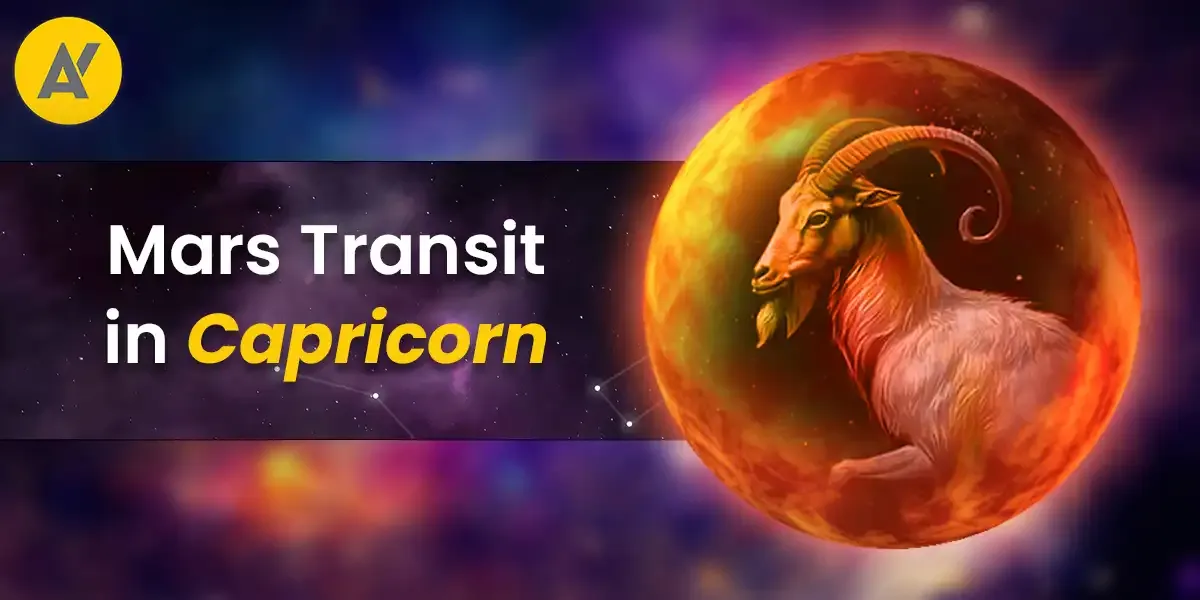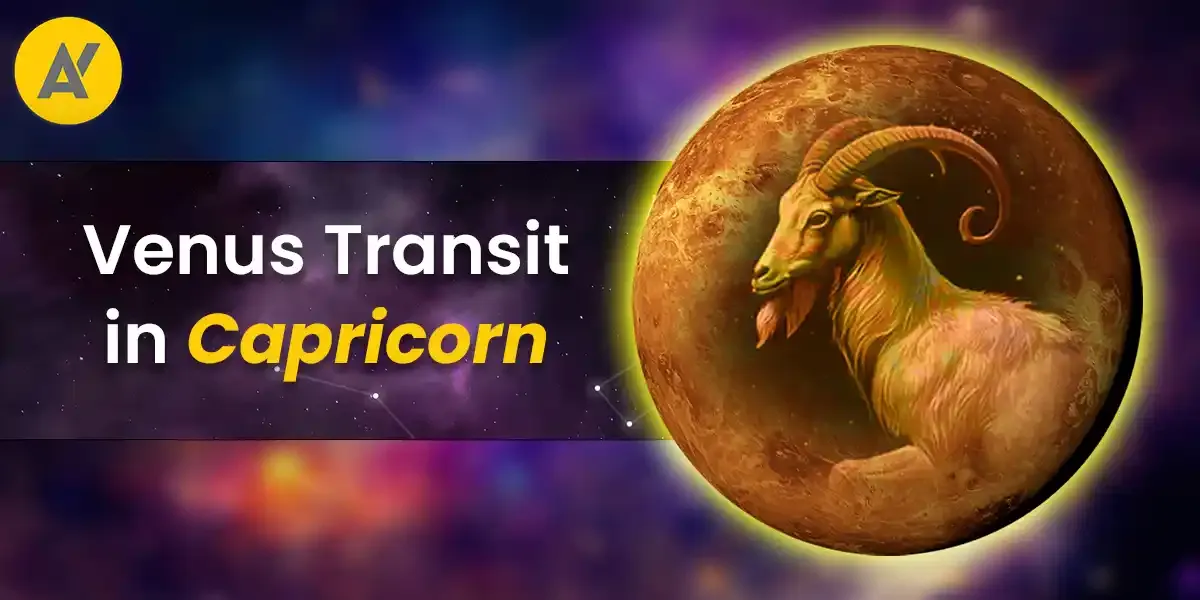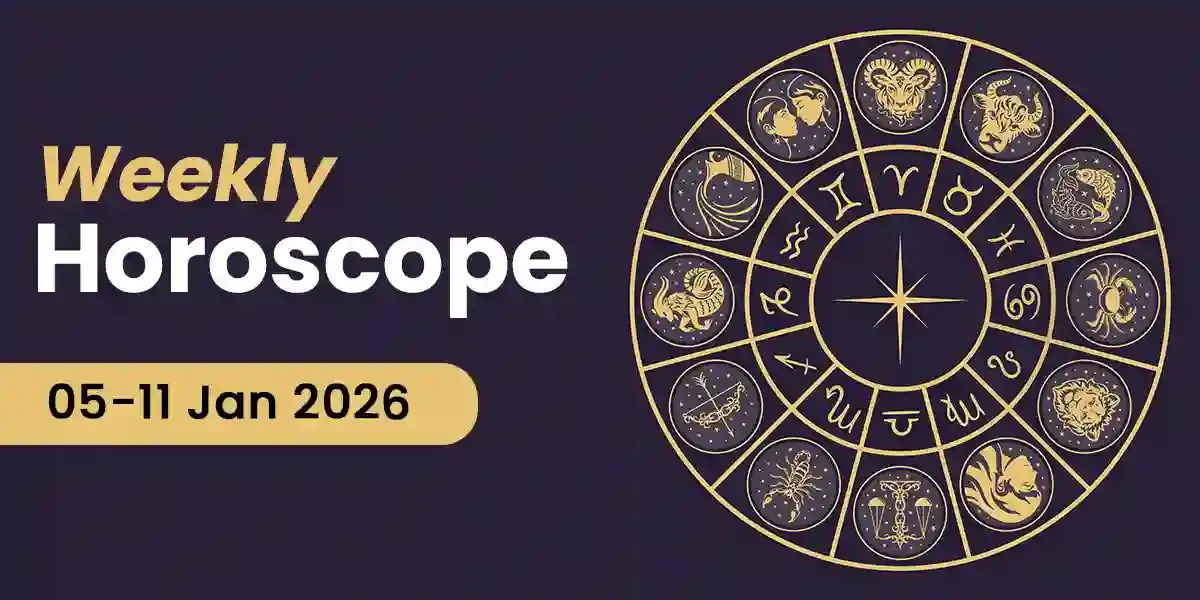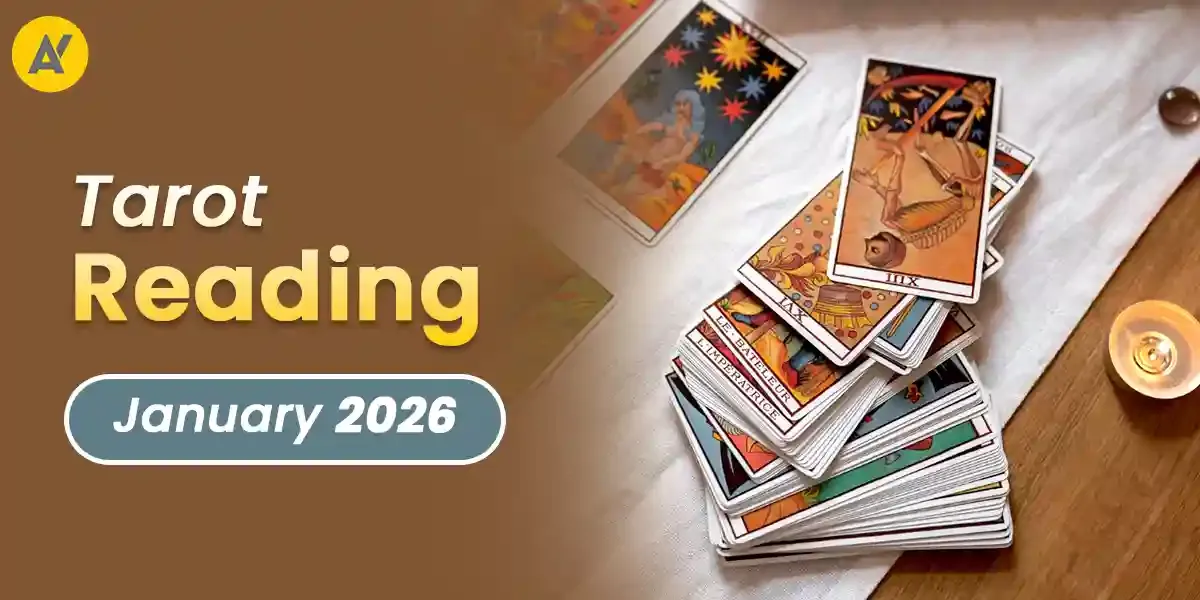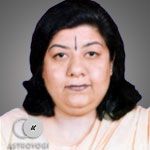
Dussehra is a Hindu festival in India, which is celebrated on the final day of the Navratri festival. This year Dussehra falls on the 25th of October.
There are several stories about why Dussehra is celebrated; the two most popular being…
Goddess Durga killed the demon Mahishasura after 9 days and nights of fighting, signifying the end of terror and,
The victory of Lord Rama over Ravana - the demon king of Lanka. The battle between them had gone on for ten days, after which Ravana was slain and Sita was rescued.
Dussehra is celebrated all over India with a lot of fervour and each state celebrates it in its own unique manner.
In West Bengal, Goddess Durga is worshipped with fervour from 6th to the 10th day. In fact, the state declares these days as holidays. Huge pandals with the idols of the Goddess are put up and is a must visit for all, every day. It’s virtually a huge fair, with mind-boggling stalls put up for food and other things. The immersion of the idol with much fanfare, in a large water-body, marks the culmination of the festival on the 10th day. Women wear the traditional white saree with red border and the married women apply sindoor on each other’s forehead on this day.
In India's capital, Dussehra is celebrated by burning huge effigies of the demon king, Ravana, his son Meghnad and brother Kumbhkaran, signifying the triumph of good over evil. The crowd that gathers at Ram Leela Maidan is enormous.
In a coastal town in Tamil Nadu, almost 15 lakh devotees visit the Mutharamman temple in any avatar of their choice, the theory being that God can be found in any form.
In Gujarat, the festival is celebrated for 9 nights with a traditional dance called Dandiya Ras and is perhaps the longest in the world. The power of Shakti is celebrated here. This is one of the best states to enjoy Navratra if you are looking for fun and gaiety.
In Mysore, it is celebrated in a very colourful and royal manner in the Mysore Palace. Here, the Goddess Chamundeshwari, is honoured, who killed the great demon Mahishasura. It is an elaborate affair and attracts many foreigners. The whole Palace is lit up very beautifully and the procession of the Goddess is taken around on top of a decorated elephant.
In Himachal Pradesh's Kullu - The Valley of Gods, Dussehra is celebrated on the 10th day of Navratri. Here, it is slightly different because the celebration begins when the rest of the country closes its 9 day long festival. All Gods are a part of the celebration here when the procession of Lord Raghunath is taken out. The whole week goes in merry making.
In Telangana, women make beautiful floral arrangements, to welcome Goddess Durga. The arrangements are usually made in a conical form and the festival here is called Bathukamma. It literally means - Mother Goddess come alive.
To know more about the rituals of the Dussehra pooja, consult our expert astrologers.
Our in-house team of writers comprises of vibrant, like-minded, and curious souls who are passionate about helping people find joy and motivation through the magic of words. Our writers are keen on using their skills to make the study of divination sciences a guiding tool in people's lives. They hold expertise in writing on a myriad of topics related to Indian Astrology, Spirituality, Planetary Movements, Vastu Shastra, Numerology, and Tarot among several others. The Astroyogi team aims to write articles that can help the readers lead a life of peace and tranquility whilst enjoying the many ups and downs of life!
























